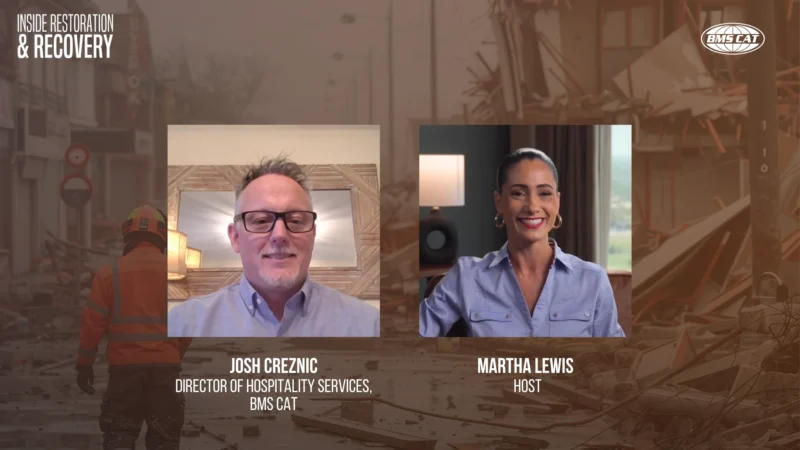Restaurant Re-branding: Worth the Risk?
Taco Bell recently announced the addition of three Cantina-style restaurants in Manhattan, New York by year’s end. The new cantinas feature open kitchens, sharable tapas menus, local artwork, and free Wi-Fi. The three restaurants will debut in New York and there are plans to open 125 more such locations in the city by 2022. Falling stock prices are a big motivator for the change, which is part of a wider plan to open 1,000 locations nationally and 9,000 globally.
There is another fast food powerhouse who recently underwent a rebrand as well. McDonald’s packaging has successfully changed its look multiple times since its inception in the 1950s. Its most recent color updates include their now classic red and yellow but have integrated a variety of colors like turquoise and purple to freshen up its image. The color changes occurred in tandem to its offering of all-day breakfast as well as its addition of healthier menu options.
McDonald’s has also made a commitment to stop using impossible-to-recycle foam in its cups and beverage trays by the end of this year. Experts predict that these are smart moves, in a culture that associates McDonald with big business and junk food rather than concern for the health of their customers and the planet.
As times change, a company’s image and offerings need to evolve to reflect its investment in the current culture. This past decade has seen some highly successful rebranding with companies like Instagram and Kodak, and even the rebrand that wasn’t—the IHOP publicity stunt. There have been some notable failures, too, such as the Pepsi logo redesign and the Gap logo disaster, whose public uprising prompted company executives to return to the former logo six days later.
Marketing experts agree that there are a few keys to brand development. It’s critical to consider culture: both inside the company and out in the world. Companies must also define their niche and then create and maintain an identity within that niche. And finally, keeping a commitment to message builds consumer trust.








